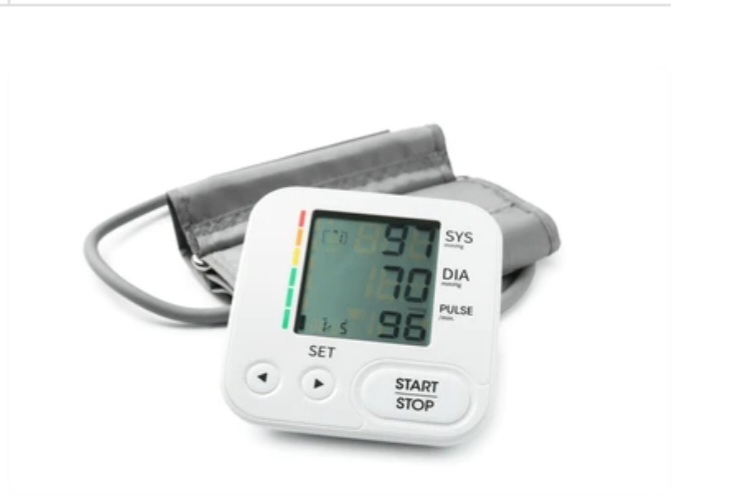
Esther Imonmion
Hypertension, often dubbed the “silent killer,” has reached crisis levels worldwide, according to a new report by the World Health Organization (WHO). The second Global Hypertension Report, released this week at the United Nations General Assembly in New York, warns that more than 1.4 billion people are now living with high blood pressure, yet only one in five have their condition under control.
A Growing Global Threat
The WHO estimates that uncontrolled hypertension contributed to 11 million deaths in 2024, accounting for 16 percent of all global fatalities. Low- and middle-income countries are bearing the brunt of the crisis, with weak health systems struggling to provide adequate screening, treatment, and follow-up care.
Among 195 countries and territories studied, 99 have hypertension control rates below 20 percent. In low-income nations, just 28 percent of health facilities consistently stock the full range of WHO-recommended antihypertensive drugs, creating a major barrier to treatment.
The financial toll is also steep: between 2011 and 2025, hypertension and related cardiovascular diseases are projected to cost developing countries US$3.7 trillion, equivalent to 2 percent of their combined GDP.
Medical Findings and Gaps
The WHO identifies several barriers hindering progress, including poor access to affordable medicines, shortages of validated blood pressure devices, and lack of standardized treatment protocols at the primary care level. Patient adherence to lifelong treatment also remains a challenge, particularly in resource-limited settings.
Despite these gaps, success stories offer hope. Bangladesh increased hypertension control rates from 15 percent to 56 percent in some regions by strengthening primary health care systems. South Korea, through comprehensive reforms and affordable medicines, has achieved a 59 percent national control rate. The Philippines is scaling up WHO’s HEARTS technical package at the community level (WHO)
Advances in Treatment
New therapies are beginning to reshape the fight against high blood pressure. A promising drug, baxdrostat, has demonstrated significant benefits in clinical trials for patients with resistant hypertension, lowering systolic blood pressure by about 9–10 mmHg compared to placebo (BBC News)
Digital health innovations are also playing a role. Remote monitoring and coaching programs in rural settings have cut systolic blood pressure by an average of 20 mmHg over six months, underscoring the potential of technology in bridging gaps in care.
Why It Matters
Hypertension is a leading risk factor for heart attacks, strokes, chronic kidney disease, and dementia. It is often symptomless until damage is advanced, making early detection and consistent management essential. WHO officials emphasize that scaling up screening, treatment, and follow-up could save millions of lives each year.
“Hypertension is one of the most preventable and treatable conditions,” said WHO Director-General Dr. Tedros Adhanom Ghebreyesus. “Yet far too many people remain undiagnosed, untreated, or poorly controlled. We know what works. The question is whether countries will act with urgency.”
The Way Forward
The WHO is calling on governments to:
Integrate hypertension care into universal health coverage.
Ensure steady access to affordable medicines and devices.
Adopt simplified treatment protocols to improve outcomes.
Invest in digital health solutions for remote monitoring.
Experts say these steps, if widely implemented, could avert millions of premature deaths, especially in low- and middle-income countries.
As the global community grapples with rising noncommunicable diseases, the WHO report serves as a stark reminder: without urgent action, hypertension will remain one of the deadliest—and most neglected—health challenges of our time.
